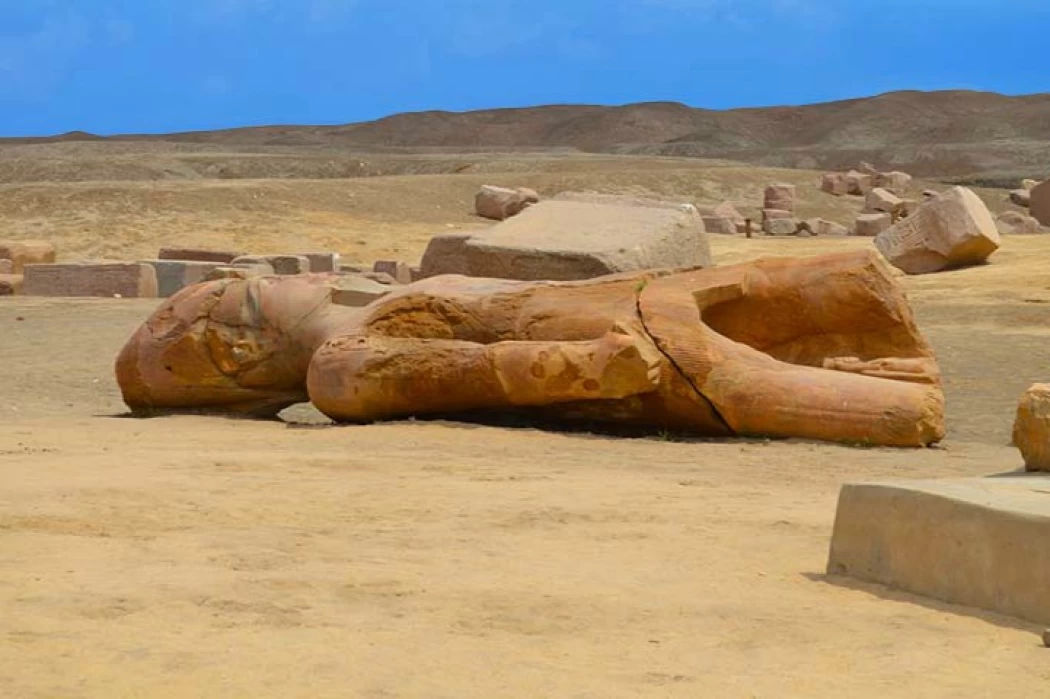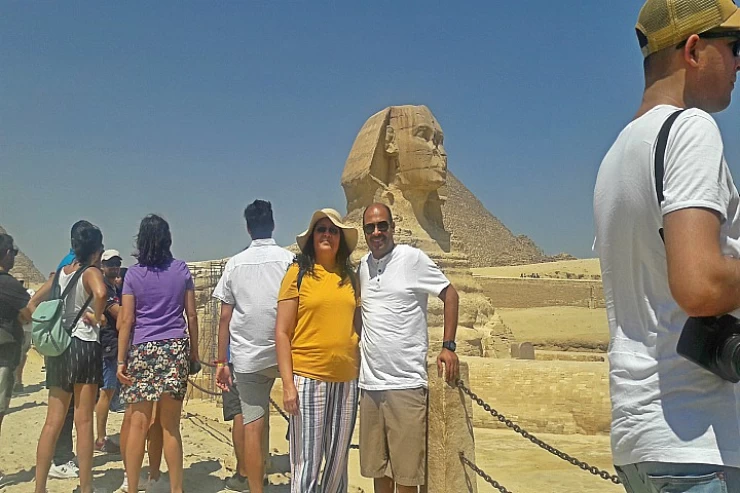
The Ruins of Tanis in Egypt
The Ruins of Tanis in Egypt
The excavations unearthed ruins dating back to the 6th dynasty, including huge blocks and fragments of statues from the Ramses temple in Arnon. In the royal necropolis, located south of the temple, numerous intact tombs of the 21st dynasty and 22nd dynasties were discovered, including those of Psusenne I and Sheshonq. The splendid treasures including silver sarcophagi, gold masks, and jewels belonging to pharaohs found inside them can be admired at the Egyptian Museum in Cairo.
In its heyday, during the 11th dynasty and the 12th dynasty of Egypt history, Tanis, or Djanet for the ancient Egyptians, was a commercial city built around a temple complex, consisting of a large sanctuary consecrated to Amon surrounded by numerous minor temples and chapels, enclosed within the typical raw brick walls.
Today only a few paved areas of the whole remain, invaded by weeds, and a profusion of scattered blocks, uprooted columns, and crushed statues. The excavations of the site were started by Mariette in the 1960s, but the most relevant discovery was made in 1939 by the French archaeologist Pierre Montet who discovered some intact royal tombs: the only inviolate burials beyond that of Tutankhamen.

















